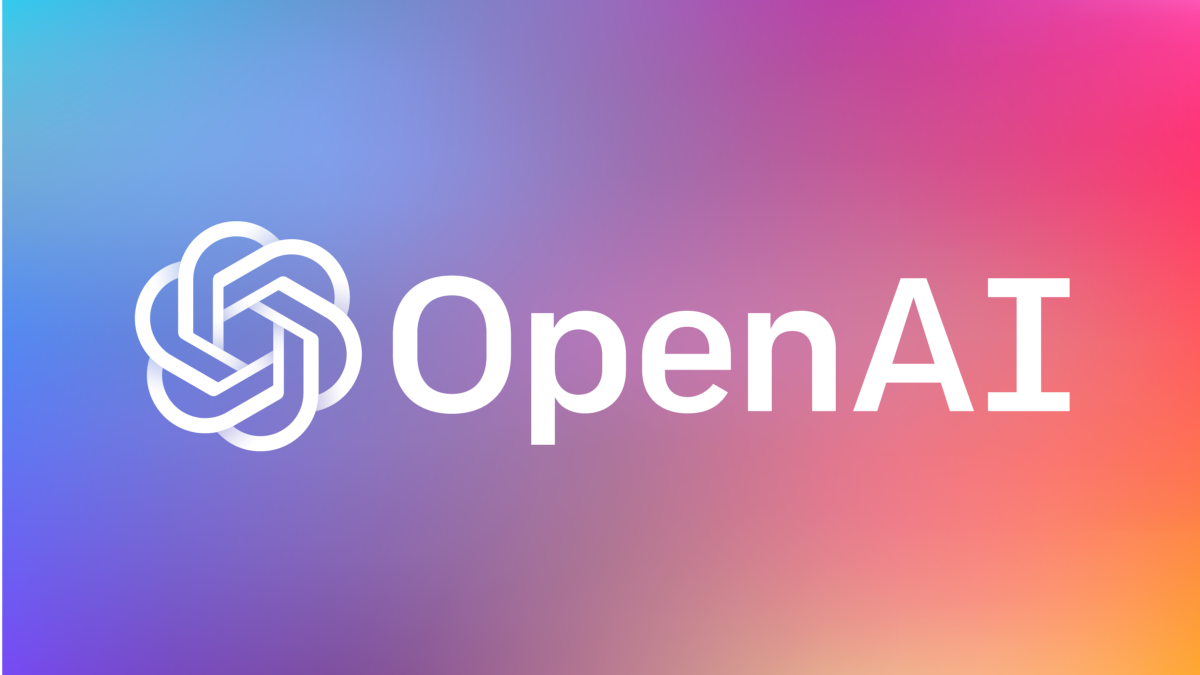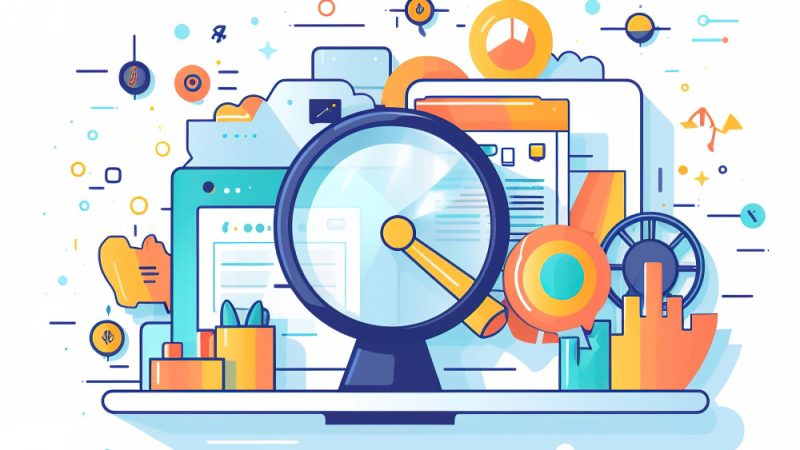An Overview of GPT 3

|
Getting your Trinity Audio player ready...
|
GPT-3 (Generative Pre-trained Transformer 3) is a powerful new language model developed by OpenAI that uses unsupervised learning to generate human-like text. It is the successor to GPT-2, which was the first language model to achieve state-of-the-art performance on many natural language processing tasks. GPT-3 has been described as a “game changer” for natural language processing, offering unprecedented accuracy and speed in generating natural language. It has been used in a wide range of applications, from summarising articles to creating long-form text. GPT-3 also has potential applications in machine learning, robotics, and artificial intelligence research.
An Overview of GPT 3: What is it and How Does it Work?
GPT-3 is the latest breakthrough in artificial intelligence technology. It is a powerful and sophisticated machine learning system that can generate human-like text, complete tasks and even answer questions. GPT-3 is the latest iteration of OpenAI’s Generative Pre-trained Transformer (GPT) technology.
GPT-3 is a deep learning system that can generate text, complete tasks and answer questions. It works by taking in an input, such as some text, and then generating output based on what it has learned from the input. GPT-3 uses a method called “neural network” which is a network of interconnected artificial neurons that can learn from data and make decisions based on what it has learned.
GPT-3 is able to generate text by using what it has learned from the training data. It can generate text that is more natural and human-like than other methods, such as rule-based systems. GPT-3 also has the ability to complete tasks, such as translation, summarisation and question-answering.
GPT-3 is an exciting development in artificial intelligence technology and has the potential to revolutionise the way we interact with computers and machines. With GPT-3, we are one step closer to realising the dream of a truly intelligent machine that is able to understand natural language and interact with us.
Exploring the Future of GPT 3: What Can We Expect?
The future of GPT 3 looks incredibly bright. We can expect it to open up new possibilities in the world of artificial intelligence, allowing us to automate tasks that were previously impossible, or at least incredibly difficult. It will also help us create better and more accurate models of how the world works, increasing our understanding of the natural world.
GPT 3 has the potential to revolutionise how we interact with technology. We can expect more natural and intuitive interfaces, allowing us to communicate with our machines just like we communicate with people. We can also expect more sophisticated voice recognition, allowing us to have conversations with our devices just like we would with a human.
We can also expect GPT 3 to be able to generate more complex models and predictions, allowing us to accurately predict the future in ways that were previously impossible. This could be used to improve our understanding of disease, economics, and other complex systems.
Finally, GPT 3 could also be used to create entirely new types of applications. We can expect to see machines that are able to interact with us in ways that were previously impossible, like being able to converse with us in a meaningful way and being able to understand our thoughts and intentions.
We can look forward to a future where GPT 3 is a key part of our lives and of how we interact with the world. It has the potential to make our lives easier, more efficient, and more enjoyable. We can look forward to a world where technology is helping us to unlock our full potential as human beings.
Examining the Ethics of GPT 3: Are There Any Potential Concerns?
GPT 3, the latest in artificial intelligence technology, has created a stir in the tech world and beyond. While the potential of this technology is vast, it is also important to consider the ethical implications of its use.
One of the most notable concerns is the potential for GPT 3 to create content that is difficult to differentiate from genuine human-generated content. As GPT 3 is able to generate natural language that can be indistinguishable from human-generated content, it is possible that it could be used to create misleading or deceptive content. This could have serious implications for businesses, governments, and individuals, as it could be used to manipulate public opinion or disseminate misinformation.
Another ethical concern is the potential for GPT 3 to be used for malicious purposes. It is possible that GPT 3 could be used to create spam, phishing emails, and other malicious content. This could have a major impact on online security and could also be used to target vulnerable individuals.
Finally, another potential ethical concern is the potential for GPT 3 to be used to automate processes and tasks that would traditionally be done by humans. This could lead to the displacement of human workers and could have a significant impact on job security.
Overall, GPT 3 has the potential to revolutionise many industries and could have a major impact on the way we interact with technology. However, it is important to consider the ethical implications of this technology and understand how it could be used and abused.
Understanding the Benefits of GPT 3: What Can It Offer?
GPT 3 offers a revolutionary new way to think about artificial intelligence. With its advanced capabilities, GPT 3 has the potential to revolutionise the way we interact with technology and create new opportunities for innovation.
The most impressive feature of GPT 3 is its natural language processing. By understanding human language and context, GPT 3 is able to generate human-like responses to inquiries. This means that it can answer questions, provide advice, and even generate creative content. With GPT 3, users can interact with machines in a more natural way, allowing for more fluid conversations and more accurate results.
GPT 3 also has the potential to open up new avenues for creativity. With its advanced understanding of language, GPT 3 can be used to generate stories, music, and artwork. This means that it can be used to generate unique pieces of content that could not be created by humans.
Finally, GPT 3 can be used to make decisions. By understanding language and context, GPT 3 can be used to provide advice and make data-driven decisions. This means that it can be used to make decisions about investments, products, and services in a more efficient and accurate manner.
GPT 3 offers a revolutionary way to interact with technology and create new opportunities for innovation. With its advanced understanding of language and context, GPT 3 can be used to generate content, provide advice, and make decisions. With GPT 3, the possibilities are truly endless.
Comparing GPT 3 to Other AI Technologies: How Does it Stack Up?
GPT 3 is a revolutionary artificial intelligence technology that has the potential to change the way we interact with machines. With its powerful natural language processing capabilities, GPT 3 can generate human-like text, engage in meaningful conversations, and create content from scratch.
GPT 3 is a massive leap forward in terms of AI technology. Its ability to generate text and learn from data sets makes it far more advanced than other existing AI technologies. It can even create content from scratch – something that no other AI technology has been able to accomplish.
GPT 3’s natural language processing capabilities give it a huge advantage over other AI technologies. It can recognise context, understand sentiment, and identify meanings in complex sentences, allowing it to better understand and respond to user input.
GPT 3’s powerful capabilities make it stand out from other AI technologies. It can generate text and create content with a level of accuracy and detail that is unmatched by other AI technologies. Not only can it generate text, but it can also learn from data sets and create new content with a level of creativity that is nearly human-like.
GPT 3’s potential to revolutionise the way we interact with machines is staggering. By combining its powerful natural language processing capabilities with its ability to learn from data sets and create new content, GPT 3 has the potential to revolutionise how we interact with AI technologies.
GPT 3 has the potential to revolutionise the way we interact with machines. Its powerful natural language processing capabilities, combined with its ability to learn from data sets and create new content, make it a truly remarkable AI technology. It is sure to be a force to be reckoned with in the coming years.
Conclusion
GPT-3 is an incredibly powerful and advanced artificial intelligence language model developed by OpenAI. It is the latest in a series of groundbreaking AI language models, and its potential applications are wide-ranging. From natural language processing to text summarization, GPT-3 promises to revolutionise the way people interact with the digital world. With its unparalleled capability for understanding and generating text, GPT-3 is sure to have a major impact on the world of AI, and its potential is only just beginning to be realised.






